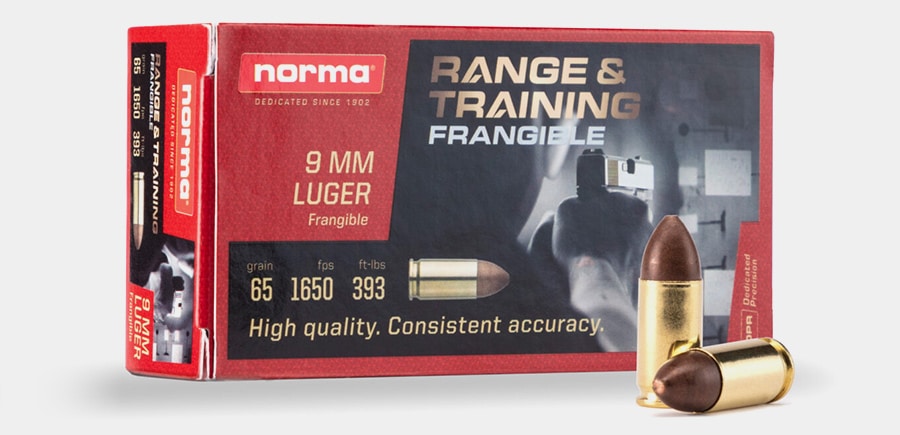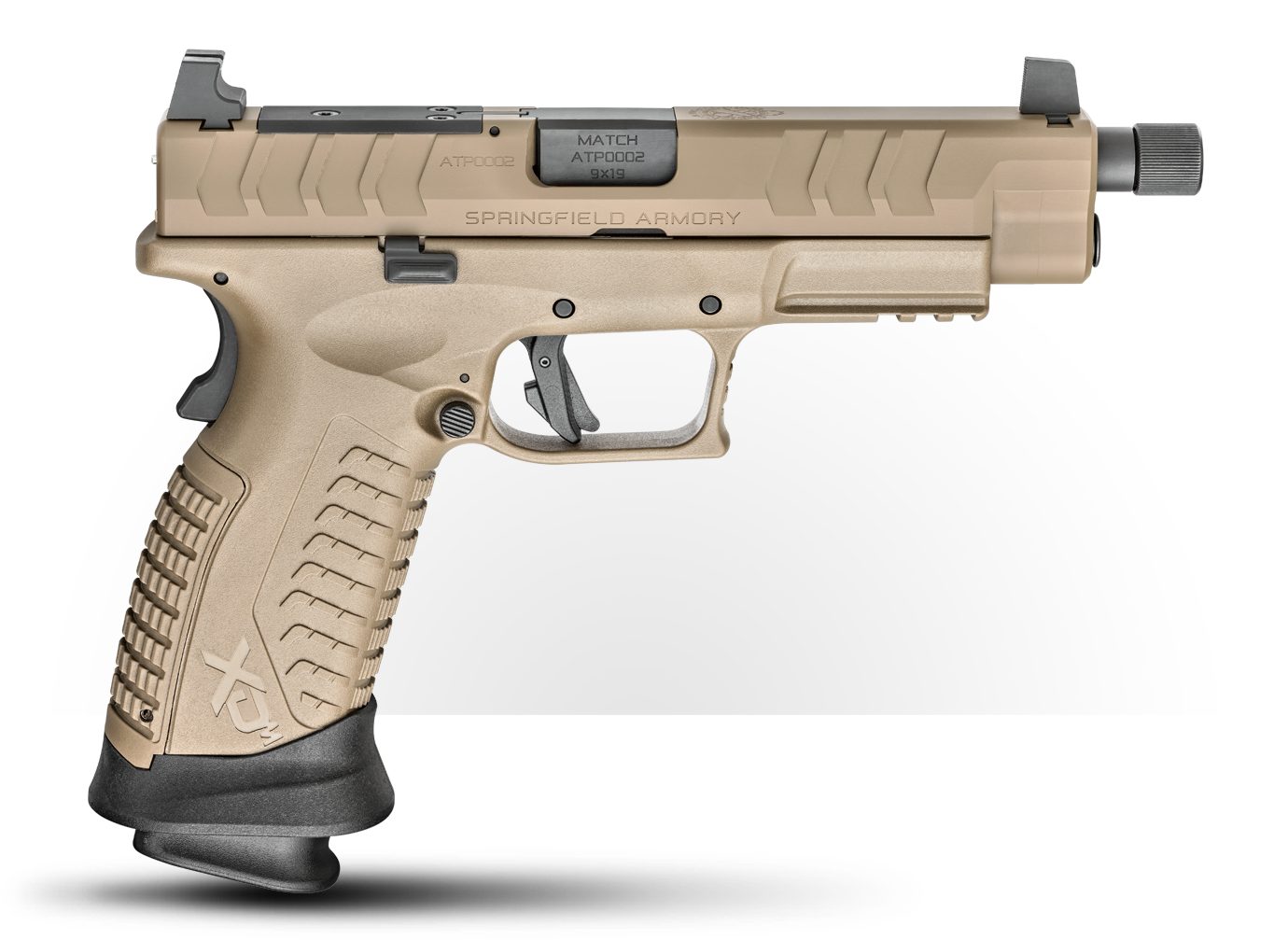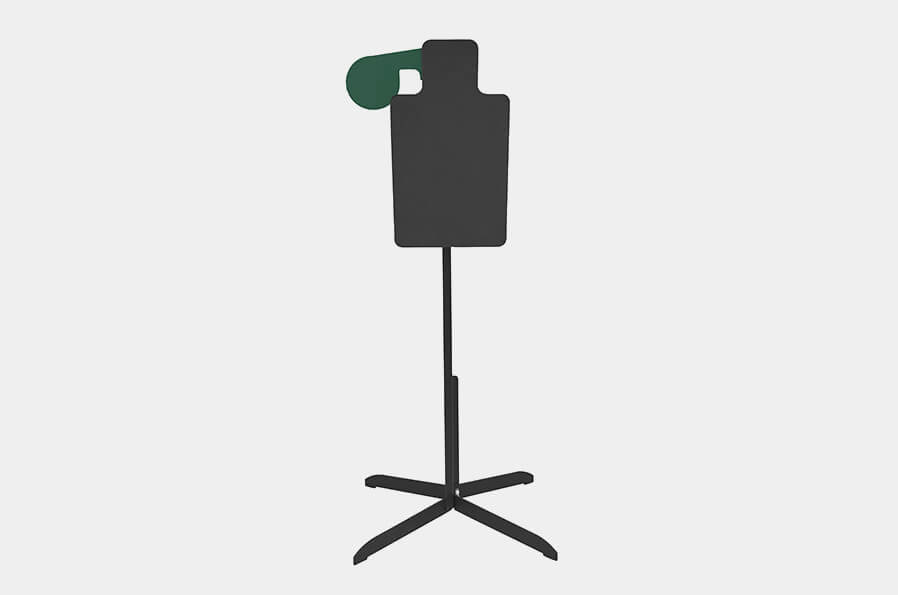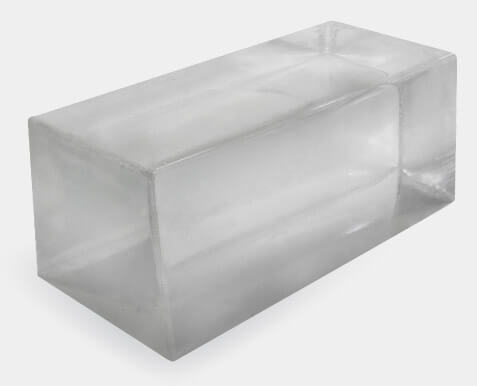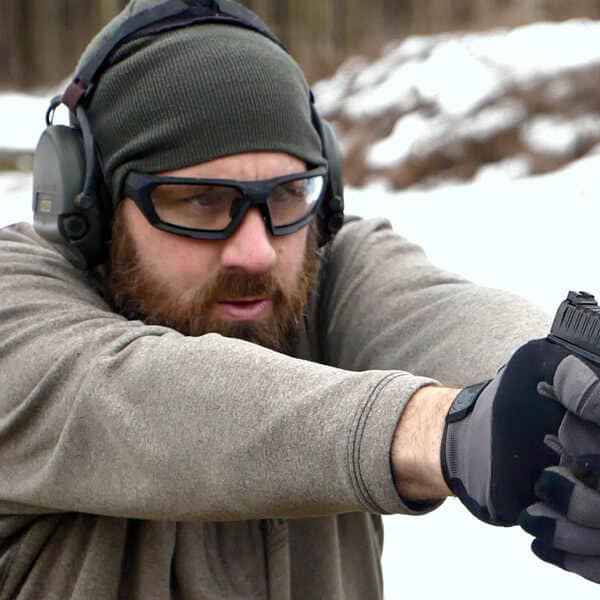I will admit it. Unless I am loading up for the streets or heading out on a hunting trip, I don’t give a lot of thought to ammo. I keep like calibers together, but when it’s time to put rounds on target though, I generally shoot what I have.
However, there are some situations where it’s not “any old ammo will do.” I’m thinking specifically of situations where safety is an issue. Shooting steel for example or spending time in a ballistic shoothouse both come to mind.
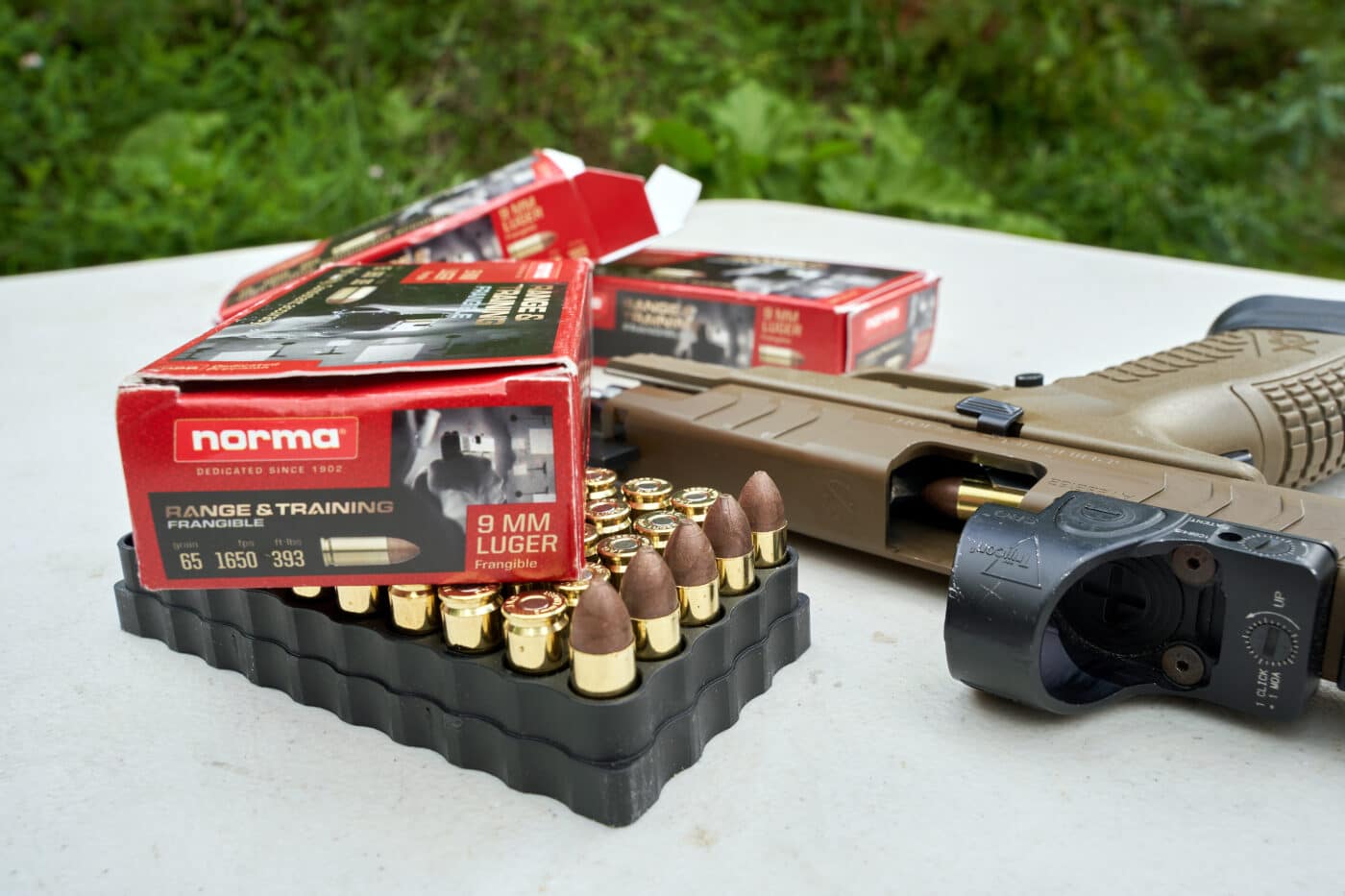
I was cruising the web recently looking for ammo (I know, you were doing that too!) and I came across Norma’s Range & Training Frangible in 9mm. My curiosity was piqued. I reached out and got a few boxes to try out.
I had a good time, but more importantly, I did things I never would have thought to do with full metal jacket (FMJ) rounds.
Why Shoot Frangible?
I spend a lot of time shooting steel. You hear it in the background of my videos regularly. I also spend a lot of time in a ballistic shoothouse. Both of these situations are the perfect scenario for the use of frangible ammunition.
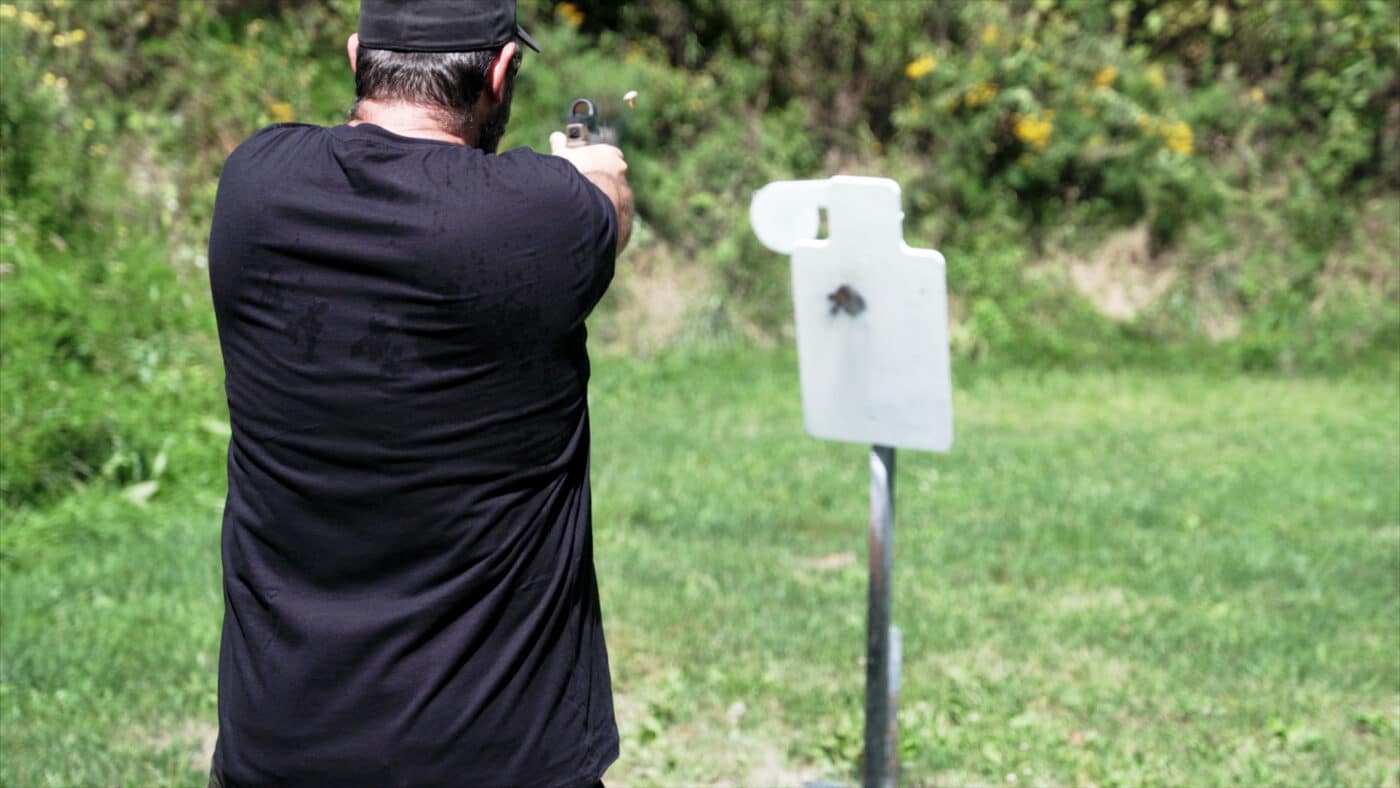
It’s really a physics issue. A ballistic barrier stops bullets by absorbing the energy of the bullet. Part of that energy absorption is actually breaking the slug up into smaller pieces. Some of the energy is consumed in the breaking up of the bullet. Note that I said, “some of the energy.” Not all of it.
All you have to do is look at the ground under a steel target to see the ditch that is quickly dug by the fragments. There is a lot of energy left over. That energy propels the fragments, and those fragments do damage to whatever they hit.
So, let’s keep heading down that physics rabbit hole.
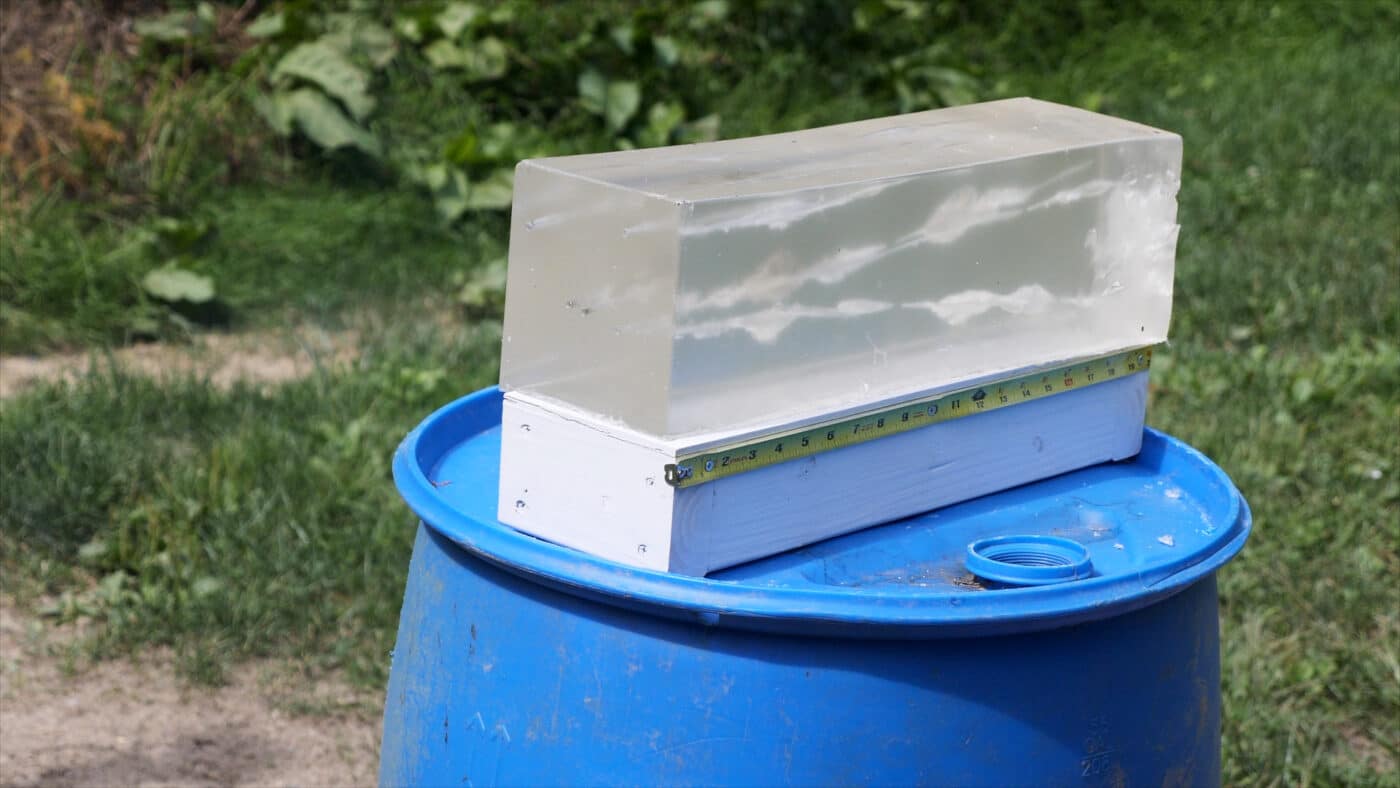
The bigger those fragments are, the more momentum they have. As a result, bigger chunks tend to do more damage as they drive deeper into whatever is in their way.
On several occasions, I’ve been the recipient of a large chunk of jacket from a projectile. Years ago, a piece drove into my shin. It was deep and, as my luck would have it, it was shaped like a fishhook. It took some tugging to get it out.
Frangible ammo is different. When it strikes a hard surface, like a steel target, it turns into small uniform particles. Dust. These dust particles are so small and have such little mass that their energy is quickly spent simply pushing through the air.
That right there is really the answer to the question of why you should shoot frangible ammunition. If you want to minimize the damage caused when a bullet strikes a hard surface, frangible is the best way to go.
The Norma Option
The Norma Range & Training Frangible is a very interesting round. The slug itself weighs in at only 65 grains, which makes sense considering the physics we talked about above. Its overall length is a bit less than the typical 115-gr. FMJ.
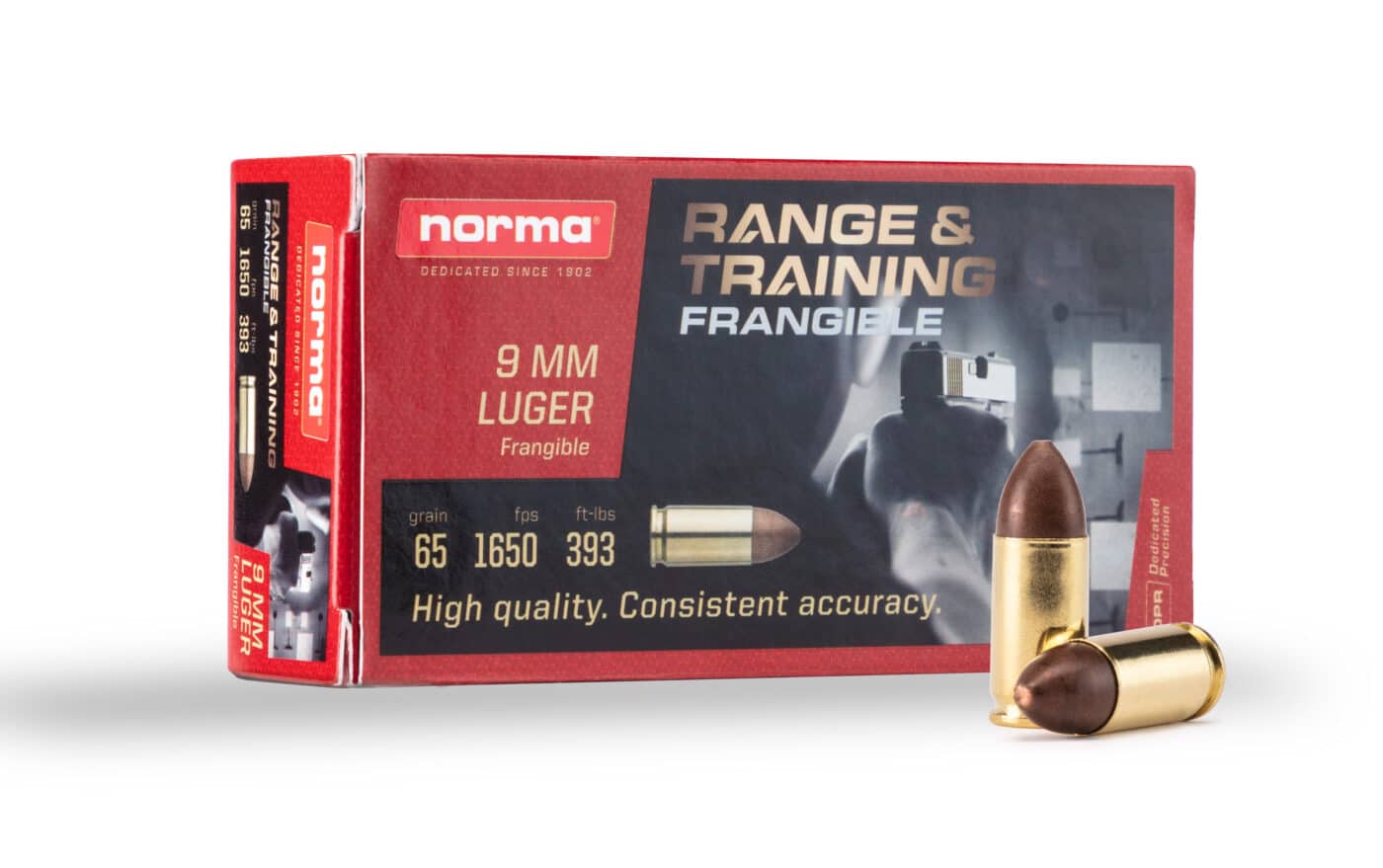
When I first got the frangible 9mm from Norma, I headed right out to the range. I wanted to set up some realistic expectations for my tests, specifically regarding after the round had fragmented. But first, I wanted to find out if the rounds would function reliably in a semi-auto. This is a 65-grain round. That is light. Really light.
I wondered if it had the oomph to run my XD-M Elite OSP. In total, I fired 150 rounds, and they performed with 100% reliability. That reliability results, I suspect, from both the shape of the nose of the 65-gr. slug and the velocity it is moving at. The box lists it at 1,650 feet per second. I don’t doubt it. Even so, recoil was very manageable.
Performance
So, let’s talk about what the Range & Training Frangible from Norma can do. First off, it was as accurate as I was. Whether I was shooting on paper or on steel I could easily call my shots. I didn’t spend time taking the rounds out to 25 yards. That isn’t what this round is for. Plain and simple, it hit where I put my dot.
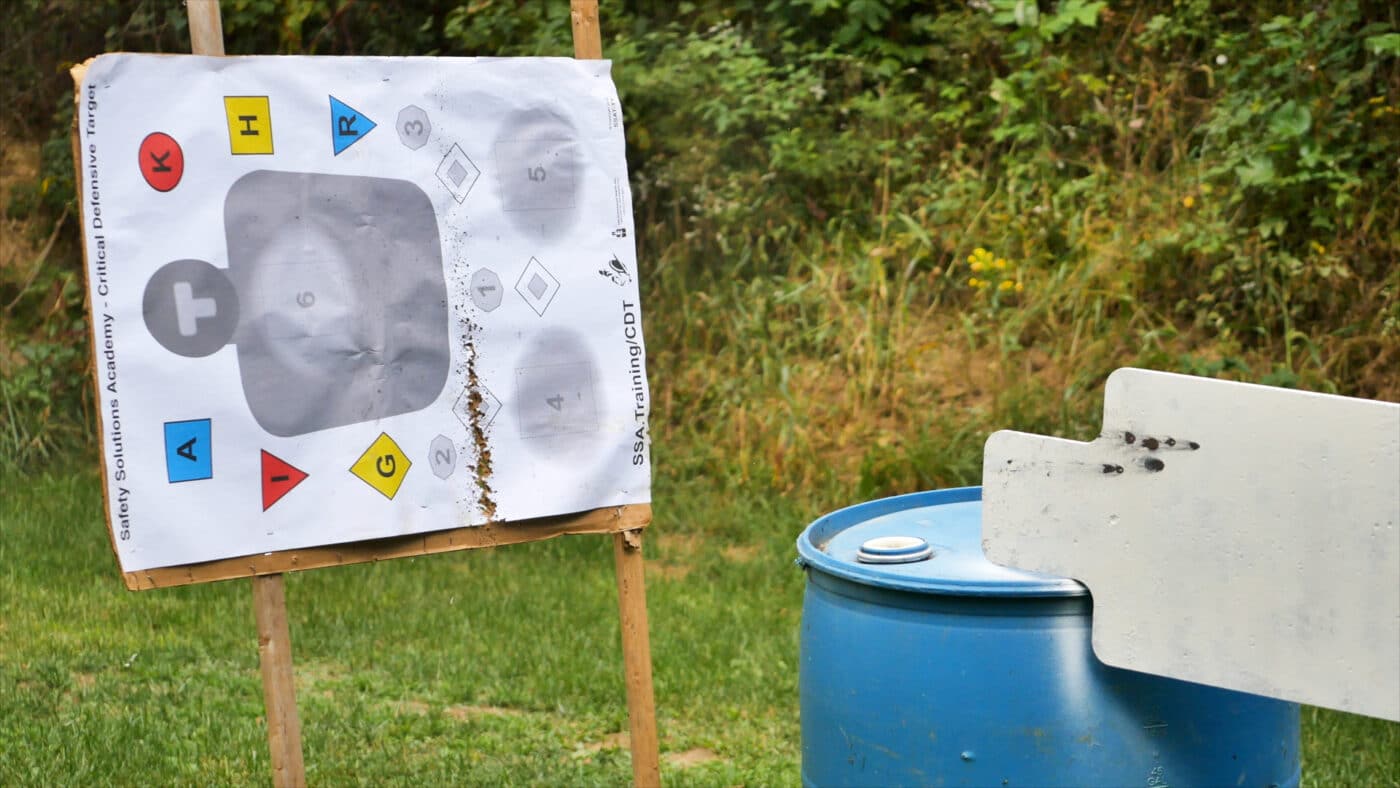
I also shot the round into a Clear Ballistics 20” block of ballistic gel. The slugs acted just like I would expect a 9mm FMJ to behave. They were through the block, lickity split. I didn’t recover a single slug.
On steel I was thrilled. I was cautiously optimistic, but I took my time. I started at seven yards and put three rounds on the target to evaluate. Nothing. I closed the distance to six and launched three more and kept moving forward (do not try this at home!). Nothing. Nada. No splashback. No issues. This is a very effective frangible round.
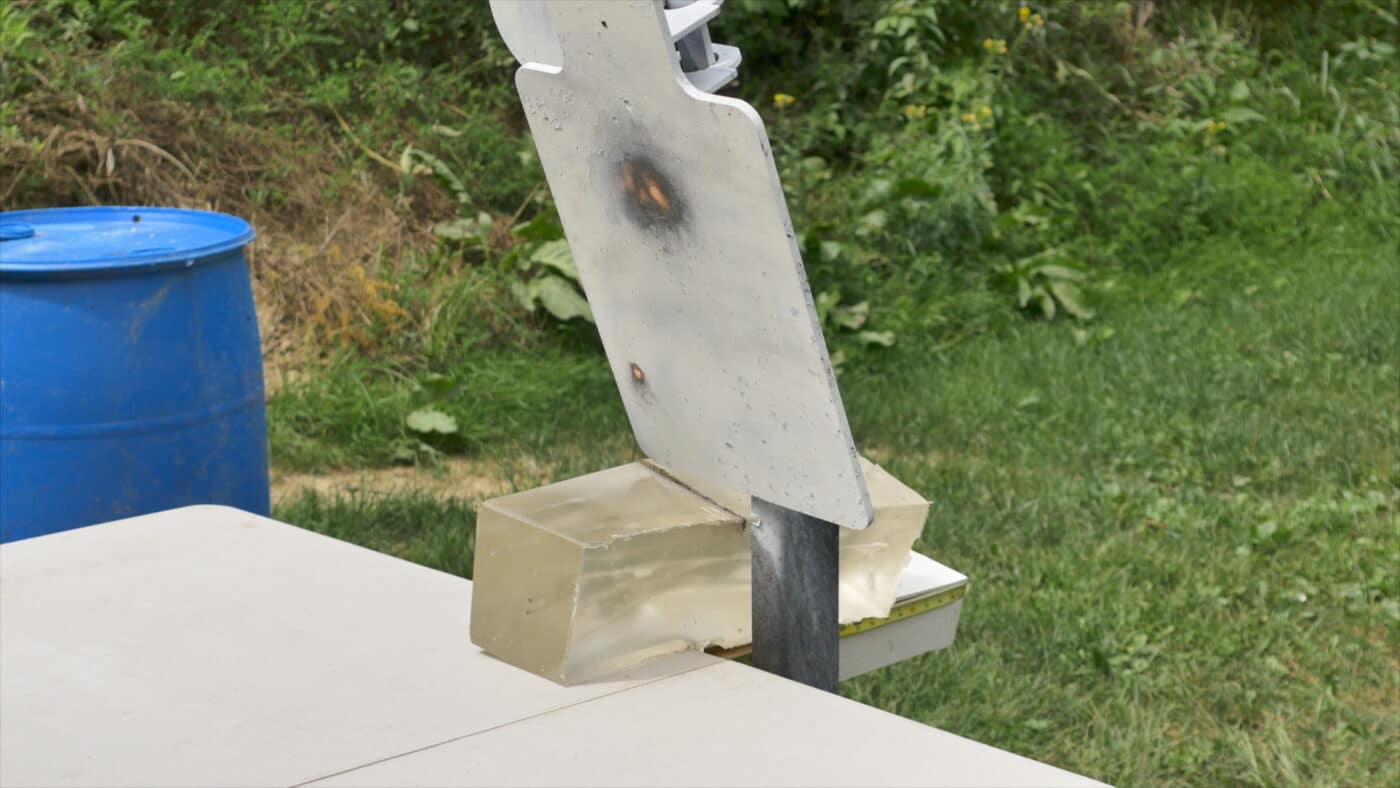
Next, I set up the gel block directly under the edge of the steel. I put four rounds into the target just above the block. Each round cut a bit deeper, but even after four rounds, the gash was only about ½” deep.
In my opinion, this is very reasonable and as my daughter summarized it, “This would be an injury that needed a bandage. With FMJ rounds you would need a tourniquet.” She isn’t wrong.
Conclusion
If you find yourself needing to train in an environment where ricochet is a concern, or where you want to reduce the damage from rounds after they strike a hard surface, frangible rounds are just what you need. After my experience with Norma’s Range & Training Frangible 9mm, I have a solution for these problems when they arise.
Editor’s Note: Please be sure to check out The Armory Life Forum, where you can comment about our daily articles, as well as just talk guns and gear. Click the “Go To Forum Thread” link below to jump in and discuss this article and much more!
Join the Discussion
Featured in this video
Continue Reading
Did you enjoy this video?

 72
72




